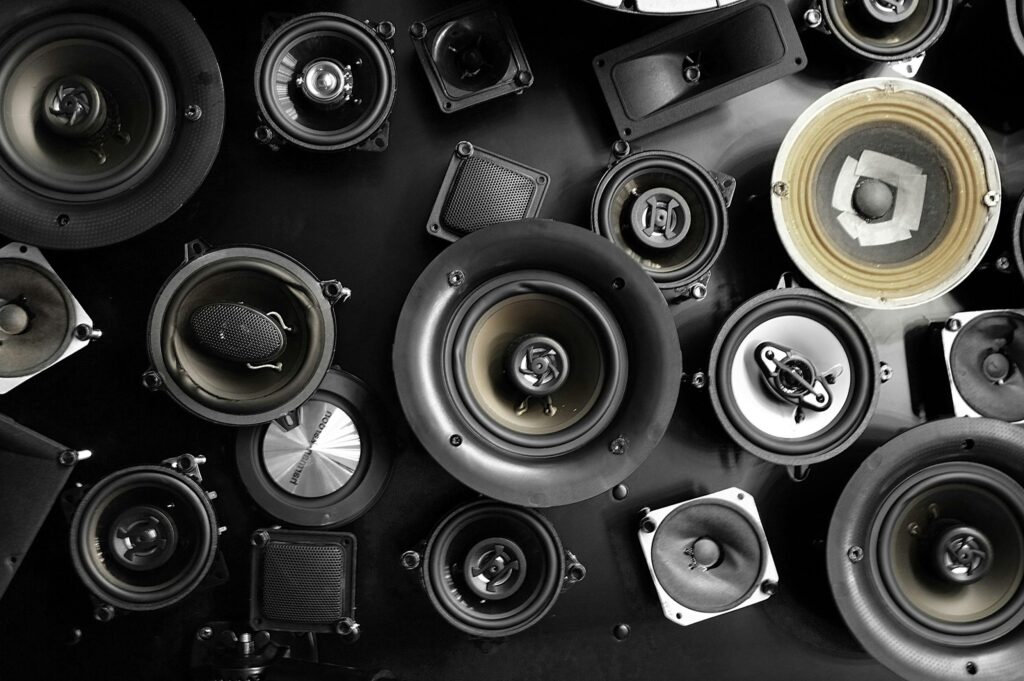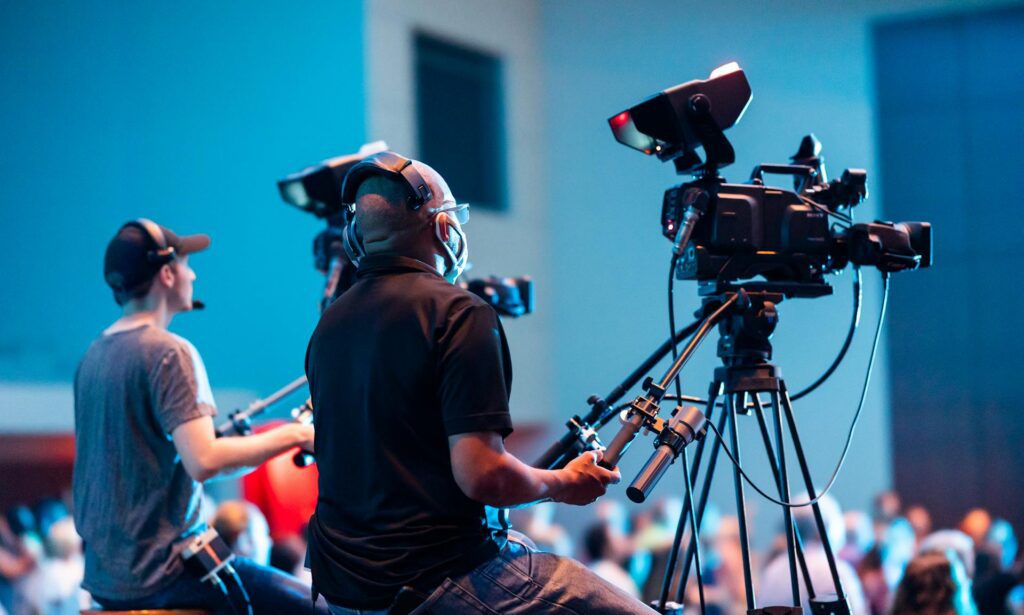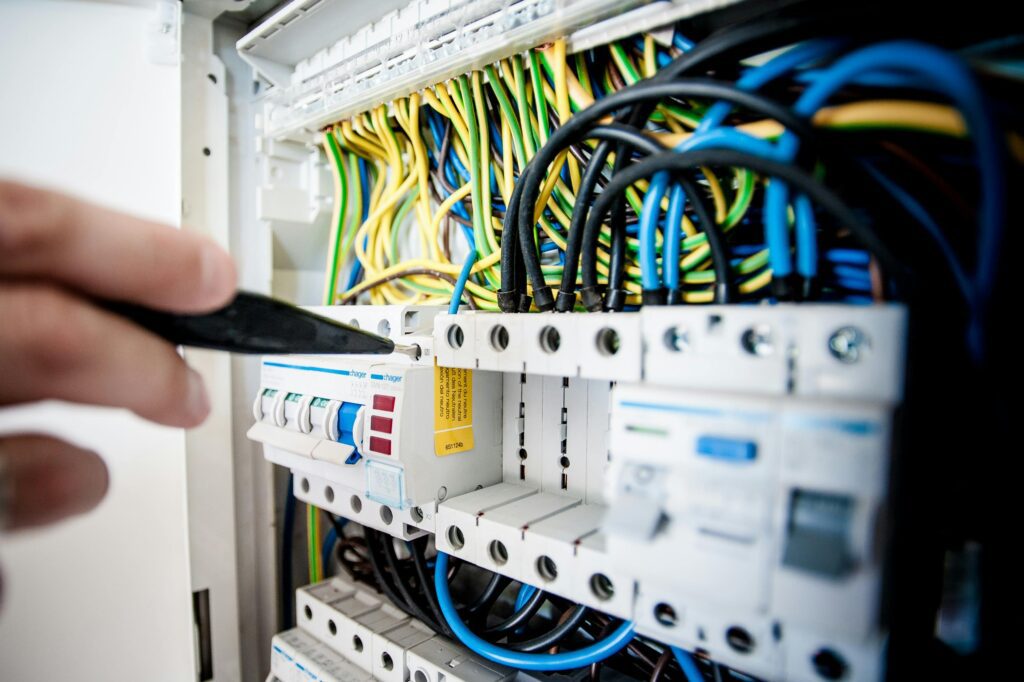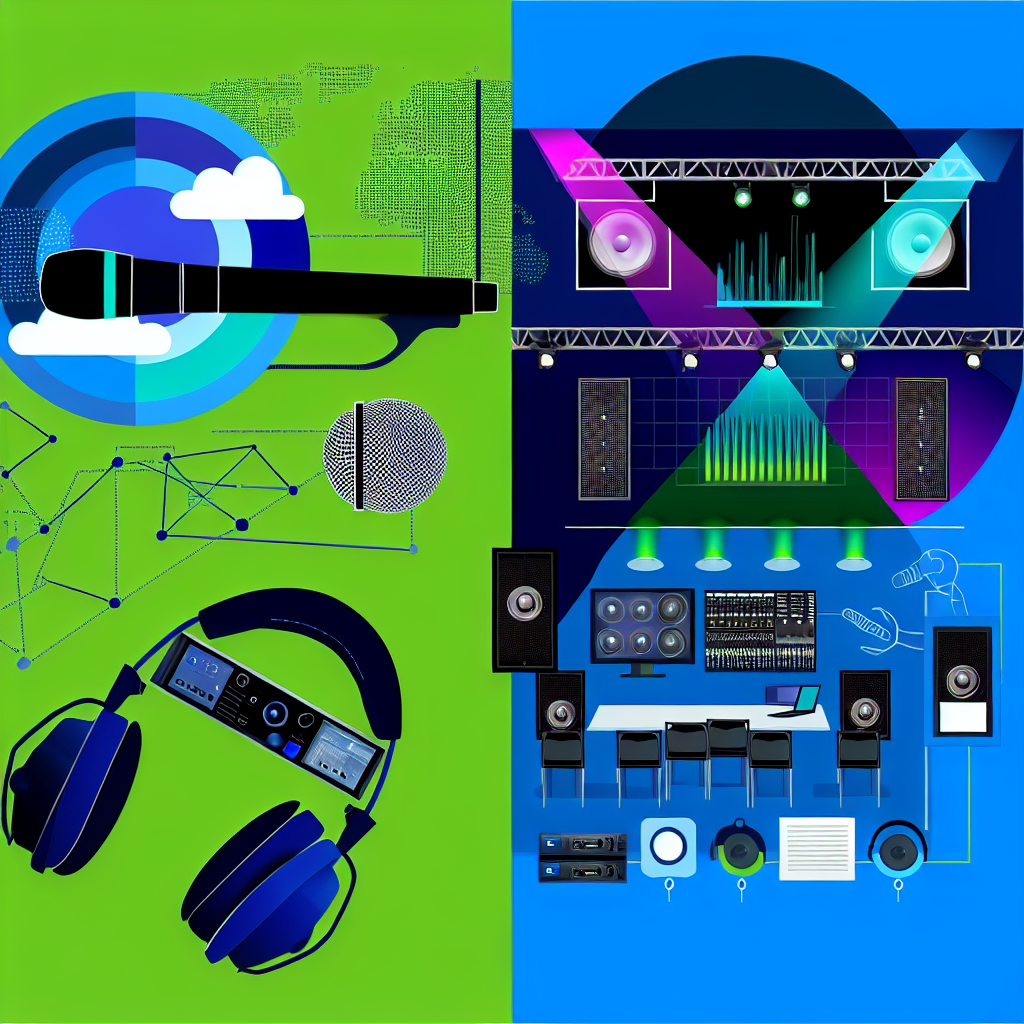Tech Rehearsals: When They’re Essential for a Flawless Event
Have you ever been to an event where the microphone squealed unexpectedly, or the video presentation just wouldn’t play? We’ve all experienced those awkward moments, and as an event planner, the last thing you want is for your event to become memorable for all the wrong reasons. This is where the magic of a tech rehearsal comes into play. But are tech rehearsals always necessary? Well, the answer isn’t as simple as a yes or no. It depends on various factors unique to your event, such as the complexity of your setup and the outcome you want to achieve. When done correctly, a tech rehearsal can serve as a critical safety net that ensures your event is not only professional but also seamless from start to finish. Let’s dive into the world of tech rehearsals and uncover when they are truly essential to ensure your event runs smoothly. Understanding the Value of Tech Rehearsals In the grand scheme of event planning, tech rehearsals might seem like an extra step, but they are the unsung heroes that often save the day. They help identify and fix any potential problems before your event kicks off. Think of them as a protective shield, ensuring your event’s reputation remains untarnished and that everything goes off without a hitch. They give your team a chance to see the entire run-of-show in action, catch timing issues, and test every cue. A well-run tech rehearsal reduces guesswork and last-minute stress. Why Consider Tech Rehearsals? Before you decide if a tech rehearsal is necessary, it’s important to understand why they can be so beneficial. Here are a few reasons why tech rehearsals might just be your best friend: Planning an event? Check out our essential AV tips for event planning. Scenarios When Tech Rehearsals are Essential While every event is unique, there are some scenarios where tech rehearsals become absolutely crucial. Let’s explore a few situations where you simply can’t skip this important step: 1. Complex Presentations If your event includes intricate presentations with various media elements, a tech rehearsal is a must. You need to test slides, videos, sound clips, and transitions between segments to make sure everything flows seamlessly. Even fonts, transitions, and aspect ratios should be verified to ensure nothing breaks in translation between devices. This presentation design guide from Visme offers helpful tips to keep your content looking sharp and consistent across different setups. 2. Live Streaming Events Live streaming can be unpredictable, and that’s why rehearsals are essential. By simulating the actual event, you can test internet reliability, sync audio-visual components, and ensure your streaming software works perfectly. Additionally, you’ll want to confirm latency, audio sync, and backup streams in case your primary platform experiences issues. Read this Forbes article to learn more about how to recover from technical difficulties during virtual events. 3. Large Venues Bigger venues come with their own set of challenges. You need to make sure microphones, lighting, and visual systems cover the entire area. A tech rehearsal helps you calibrate equipment to suit the venue’s size. Walkthroughs during rehearsals can help you identify dead spots in audio coverage or areas with poor lighting. 4. Events Employing New Technology If you’re using new technology like AI or VR, a tech rehearsal lets you see how it affects event flow and participant engagement. This is especially important given the distinct possibility of new tech disrupting events when not managed properly. Rehearsals allow you to observe how attendees interact with the tech, offering valuable insights for real-time support and improvements. 5. First-Time Events If it’s your first time hosting an event or if it’s being held in a new location, a tech rehearsal is invaluable. Simulating real scenarios allows you to identify and fix potential problems before they happen. You can also evaluate load-in logistics, equipment placement, and venue-specific quirks that could impact showtime. 6. Multilingual Conferences For events with multiple languages, simultaneous translation setups are necessary. Tech rehearsals help ensure these systems are ready to go, avoiding any chance of miscommunication. Testing headsets, interpreter booths, and audio feeds ensures smooth communication for every attendee, regardless of language. 7. Concerts or Performances Concerts often involve intricate sound and lighting systems. Rehearsals allow you to tailor these elements to the performers’ needs, enhancing the audience’s overall experience. Choreographed lighting cues, pyrotechnics, or synced visuals need to be rehearsed multiple times to guarantee a flawless show. 8. Corporate Events with High Stakes When hosting significant stakeholders or clients, you can’t afford any delays or technical errors. Rehearsals help maintain professionalism by preventing potential glitches. These events are often recorded or live-streamed, making the stakes even higher for flawless execution. 9. High-Security Events For events with heightened security, like the Super Bowl, tech rehearsals are crucial. They ensure that no sensitive information is compromised and every security measure is in place. Access control, encrypted networks, and secure data presentations can all be vetted and approved during rehearsal. 10. Tech-Heavy Trade Shows Trade shows often involve various digital tools and booths with differing tech needs. A tech rehearsal helps identify logistical challenges early on, ensuring exhibitors are ready to impress. Testing each booth’s requirements, like power draw, Wi-Fi access, and display resolutions, can prevent last-minute troubleshooting on show day. Cost-Benefit Analysis: Is It Worth the Investment? While it might seem like tech rehearsals add to your expenses, their impact is truly invaluable: Conclusion: Making Tech Rehearsals a Staple in Event Planning As we’ve discovered, tech rehearsals are not just a luxury but a cornerstone of proficient event management. Whether you’re planning a cozy backyard wedding or orchestrating a large-scale conference, rehearsals can transform a mediocre event into an exceptional one. They empower your team, your presenters, and your AV crew with clarity and confidence. These thorough preparations ensure that every technical aspect aligns perfectly with your event goals, leaving no room for surprises. Want to explore more about the benefits of tech setups? Check out how WestWave AV can be the perfect partner for










